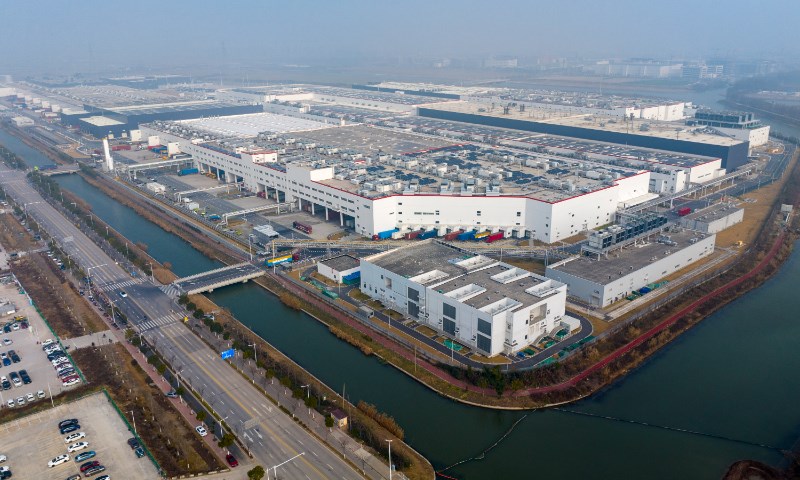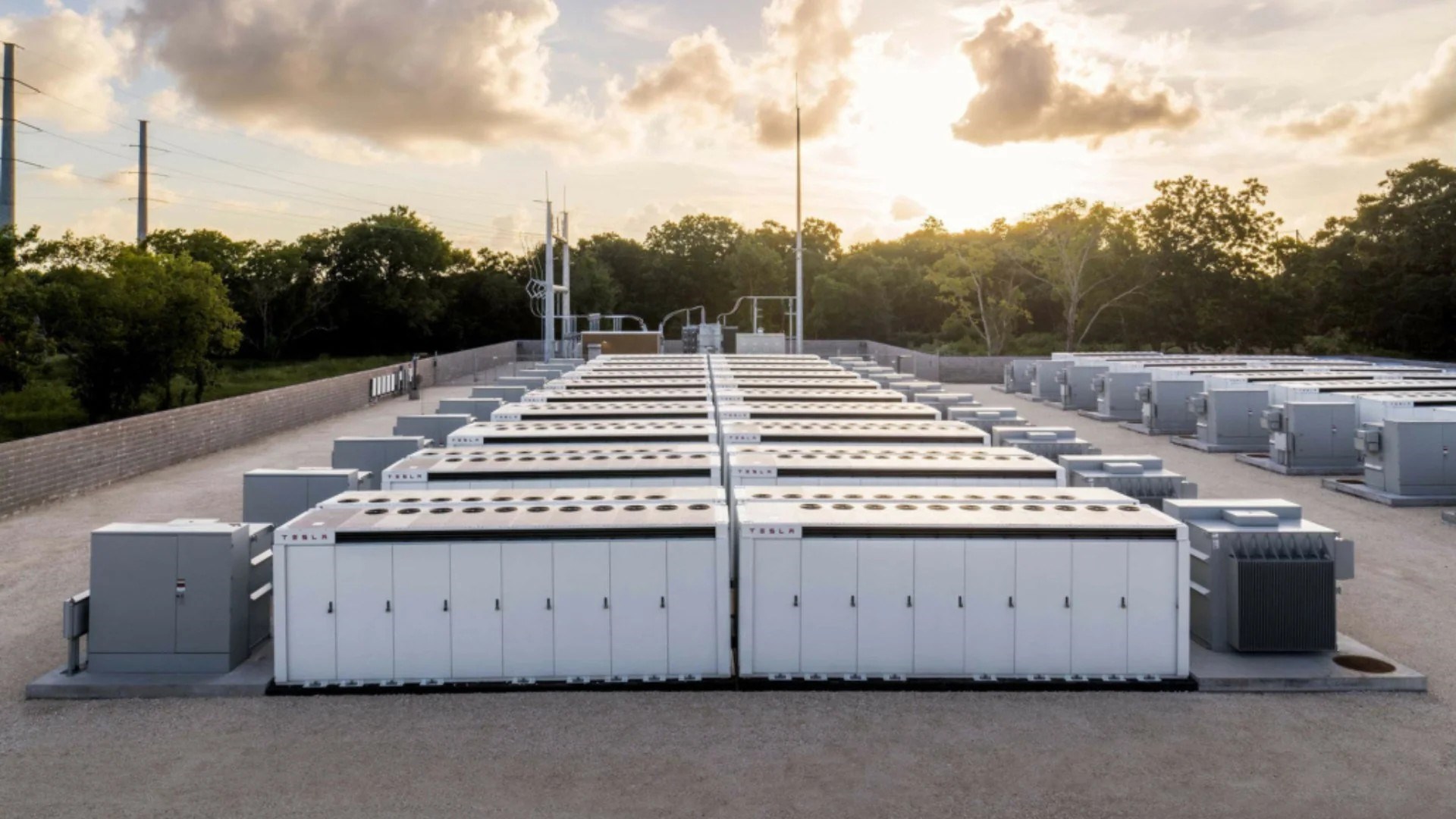 Tesla announced that it started production at the Shanghai Megapack factory, the first battery production facility outside the USA. The facility, which started its construction in May 2024, was completed in December 2024 after 7 months.
Tesla announced that it started production at the Shanghai Megapack factory, the first battery production facility outside the USA. The facility, which started its construction in May 2024, was completed in December 2024 after 7 months.The Shanghai facility will primarily produce Tesla’s Megapacks with large -scale energy storage system (BESS). Each Megapack unit can store 3.9 MWh energy, which weighs 38 tons and can provide a power for an hour for about 3,600 households.

40 GWH Capacity is targeted annually
The facility aims to increase the production level of 10,000 units annually in the first quarter of 2025. This means 40 GWh capacity annually. Together with the Shanghai facility, Tesla aims to strengthen its position in the global energy storage market.
Tesla’s latest financial results emphasize the increasing importance of energy storage. The company deployed 31.4 GWh battery system in 2024 and earned a record of $ 10.86 billion with an increase of 67 %annually. In contrast, Tesla’s automotive income decreased by 6 %and net profit decreased by 53 %. The company’s energy storage department left the automotive department with a margin of 17.9 %with a 26.17 %gross profit margin.
Energy storage sector is growing rapidly
With the spread of renewable energy, the importance of energy storage is increasing. According to Bloomberg Nef’s report, 69 GW/169 GWh global energy storage capacity was added in 2024 compared to the previous year. China is an important share in this increase. The Chinese National Energy Administration (NEA) announced that the country has added new energy storage capacity of 42.37 GW/101.13 GWh in 2024. These figures indicate a large increase of 103 %and 136 %, respectively compared to last year. Tesla rely on the Megapack facility to get a share of this big market.
However, Tesla faces increased competition and pricing prints. Although the cost of Megapack falls from the 4,56 CNY/WHD at the beginning of 2024 to 2.23 CNY/WHD at the beginning of 2025, Chinese manufacturers offer complete systems at low prices as low as 0.6 CNY/WH. The average prices are below CNY 1.2/WH. Tesla aims to better compete with Chinese competitors by reducing costs with the Megapack facility in Shanghai.